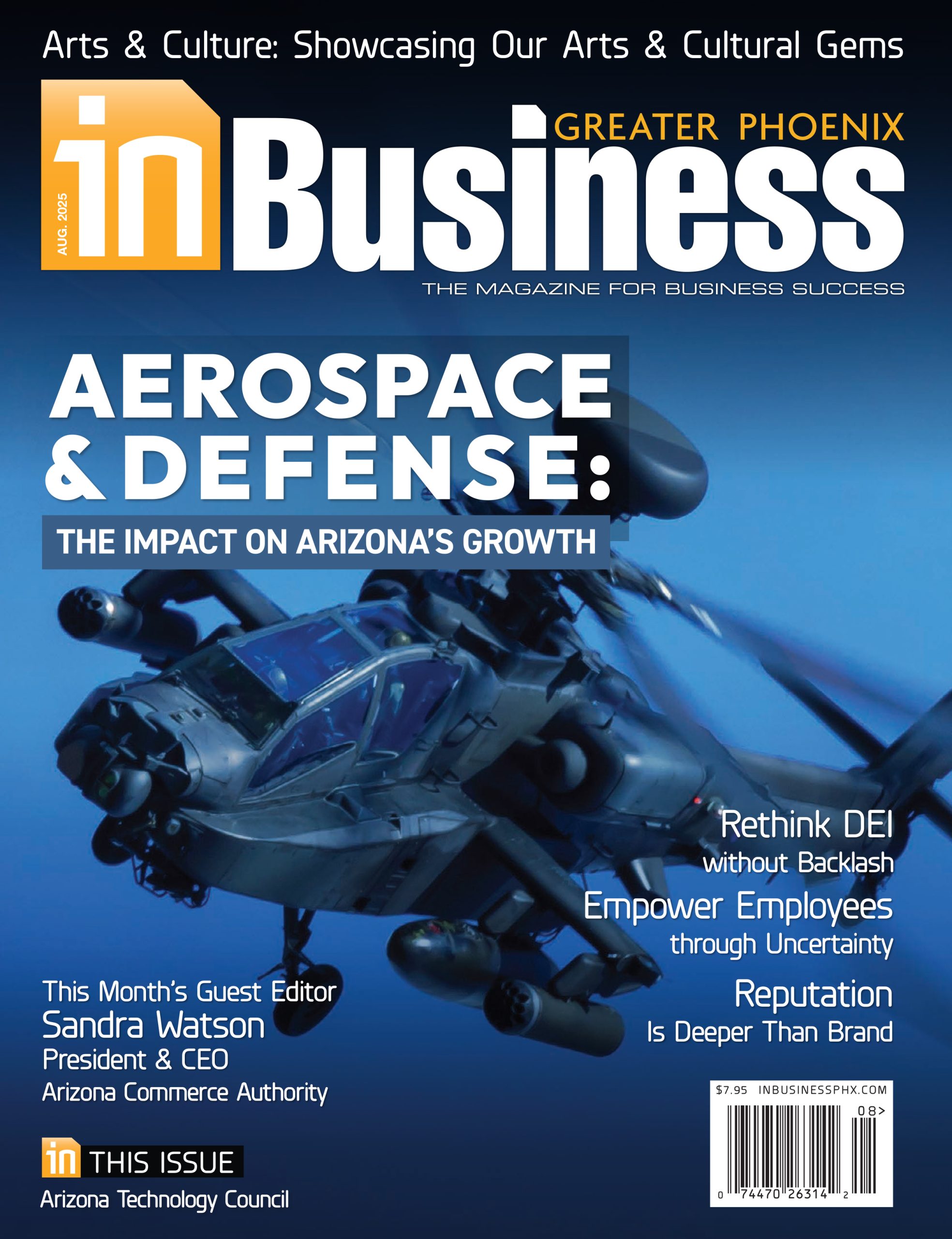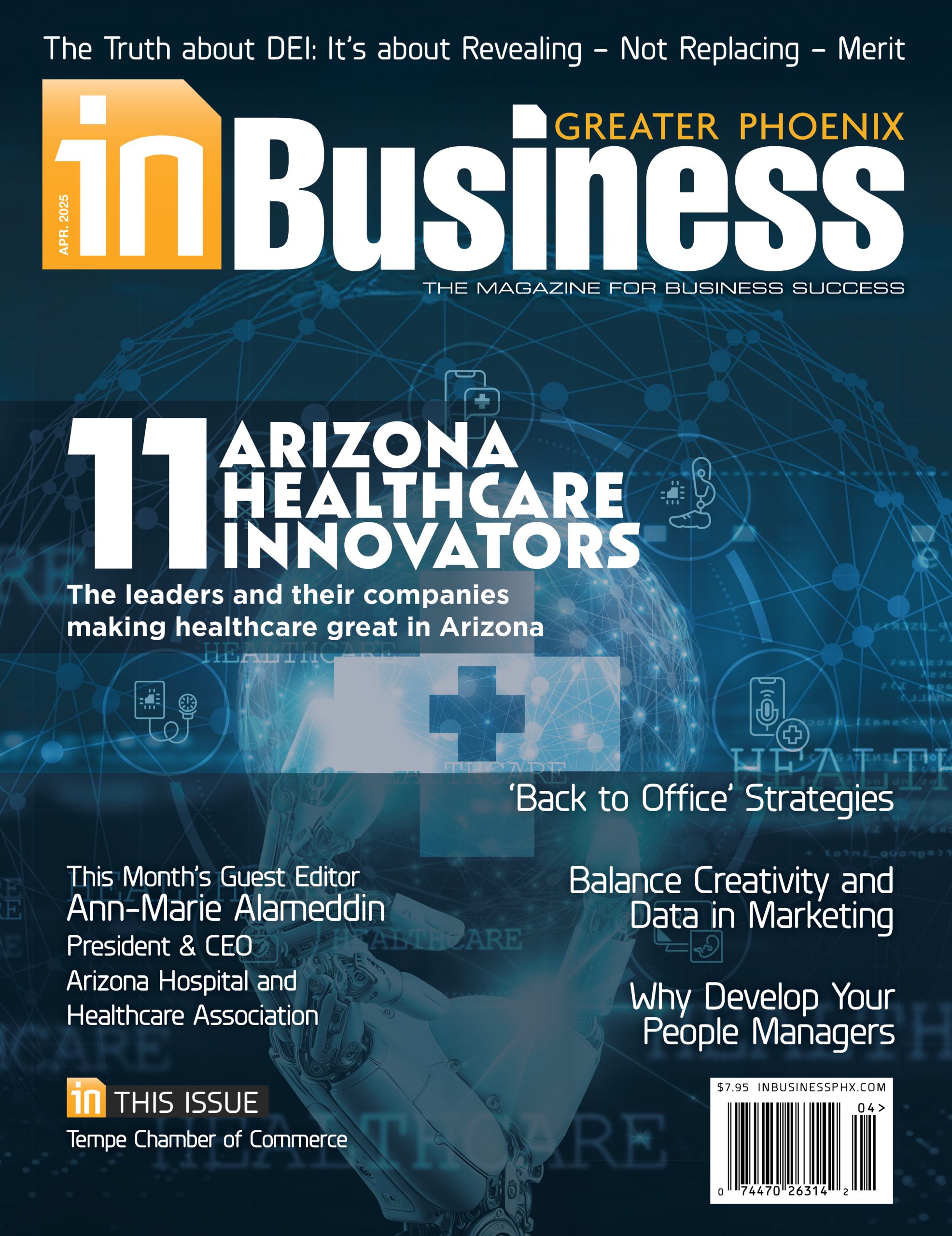 Artificial intelligence has burst onto the scene as a seemingly miraculous writing assistant. For nonprofit and business leaders — juggling countless responsibilities — the allure of AI churning out reports, articles and marketing copy is undeniable. And indeed, AI can be a powerful tool, helping with brainstorming, outlining and even drafting initial content. However, mistaking AI for a seasoned writer is a critical error, one that can leave your organization with communications that feel … well, obvious.
Artificial intelligence has burst onto the scene as a seemingly miraculous writing assistant. For nonprofit and business leaders — juggling countless responsibilities — the allure of AI churning out reports, articles and marketing copy is undeniable. And indeed, AI can be a powerful tool, helping with brainstorming, outlining and even drafting initial content. However, mistaking AI for a seasoned writer is a critical error, one that can leave your organization with communications that feel … well, obvious.
The digital landscape is already becoming littered with content that bears the unmistakable hallmarks of AI generation. Just as educators are now adept at spotting AI-written student papers, discerning readers can identify AI influence in professional communications. Understanding these “tells” is crucial for maintaining the authentic voice and credibility of your organization.
One of the first giveaways is often grammar that’s too perfect. While flawless grammar might seem like a virtue, human writing is inherently imperfect. We miss commas, have occasional typos and sometimes construct slightly awkward sentences. Studies have shown that human-written papers contain significantly more grammatical errors than their AI counterparts. When every sentence is grammatically pristine, it can feel strangely artificial, lacking the natural ebb and flow of human expression.
Beyond perfect grammar, repetitive and predictable language is another common indicator. AI models are trained on vast datasets, leading them to favor certain phrases and structures. Words like “delve into,” “at its core,” “underscore” and “realm” appear with surprising frequency, lending a polished but ultimately robotic feel to the text. Similarly, AI often adheres to a formulaic structure, moving predictably from statement to explanation to example to summary in a way that lacks the organic development of human thought.
Punctuation can also be a red flag. An overuse of em dashes and commas, often in grammatically questionable ways, is a common AI tendency. You might see double hyphens masquerading as em dashes or an excessive number of commas creating overly long and complex sentences — which, while grammatically sound, can feel a bit much. Even subtle cues, like the consistent use of straight apostrophes instead of curly ones (especially after pasting into certain document editors), can point to an AI origin.
Perhaps the most telling sign is the lack of a distinct voice and the presence of tone shifts. Human writing is infused with personality, shaped by individual experiences, humor and emotional nuance. AI, on the other hand, struggles to replicate this. It can swing between casual and formal within the same paragraph, creating a disjointed and impersonal reading experience. You’ll likely find a lack of personal anecdotes or unique perspectives that make writing truly engaging.
One of the most serious pitfalls of relying too heavily on AI for writing is the risk of hallucinations and fake sources. AI models can sometimes invent facts, quotes or even entire citations that don’t exist. This has led to embarrassing and potentially damaging situations. Even sophisticated AI can confidently present fabricated information, making it crucial to manually verify every claim and source.
So, how can nonprofit and business leaders leverage the benefits of AI writing assistance without producing content that screams “robot”? The key is to remember that AI is like an excited intern; eager to help but, without your experience and knowledge, it is prone to making mistakes.
Use AI as a tool to brainstorm ideas, create initial drafts and polish existing content. However, always treat its output as a starting point, not the final product. Edit rigorously for voice and style, injecting your own personality, stories and specific examples that reflect your organization’s unique perspective. Vary your sentence structure to create a more natural rhythm. Actively replace overused AI buzzwords with simpler, more direct language — for example, instead of “delve into,” try “explore.” And most importantly, fact-check everything, especially any citations provided by the AI.
AI can be a valuable assistant, freeing up your time and potentially sparking new creative avenues. However, it is not a substitute for human expertise and critical thinking. By understanding the common tells of AI-generated writing and implementing careful editing practices, you can harness the power of this technology without sacrificing the authenticity and credibility that are essential for effective communication. Use AI wisely, but always remember: Your voice, your experience and your judgment are irreplaceable.















